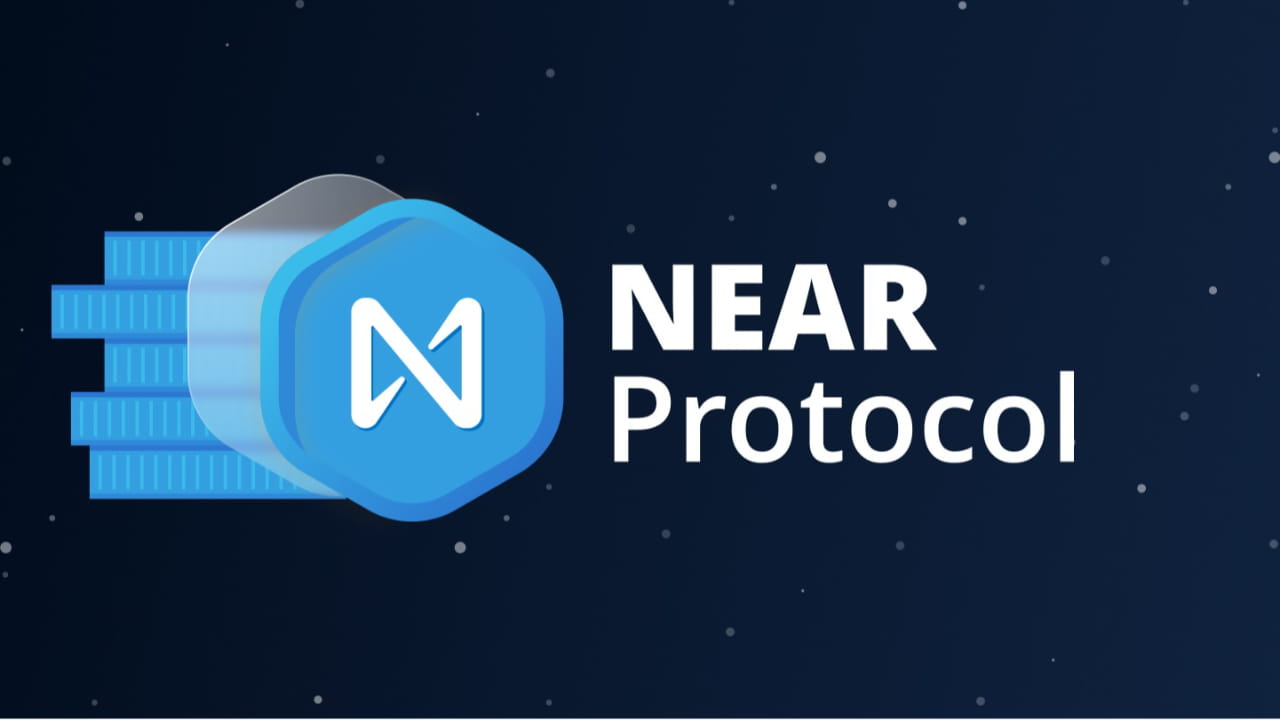
DAPPOS Super Privacy Mode. Privacy has always been a tension point in crypto and Web3. Blockchains are transparent by design, yet users increasingly expect the kind of data protection they enjoy in modern consumer apps. Now add artificial intelligence on top of that: powerful models continuously learning from user behavior, wallet activity and on-chain patterns. This is the gap DAPPOS is aiming to close. Known as an intent-centric Web3 operating protocol that abstracts chains and complex workflows for users, DAPPOS has already been described as a potential “Windows for the Web3 era”, simplifying cross-chain DeFi and dApp usage. With its evolution into a Web3 AI OS that processes autonomous on-chain operations, it brings AI directly into that experience, turning user intents into verifiable on-chain actions.DAPPOS Super Privacy Mode.
With SuperPrivacy Mode, DAPPOS pushes into a new frontier: architecture-level privacy. The goal is simple but ambitious: let users benefit from AI-driven automation and cross-chain intelligence without surrendering control over their data or revealing their on-chain behavior to unnecessary third parties.In this article, we will unpack what DAPPOS is, why architecture-level privacy matters for Web3 AI, how SuperPrivacy Mode fits into the broader DAPPOS roadmap, and what it could mean for users, developers and institutions who care about both intelligence and confidentiality in the next generation of decentralized applications. DAPPOS Super Privacy Mode.
From Web3 Operating Protocol to Web3 AI OSDAPPOS Super Privacy Mode

Originally, dappOS (often stylized as DAPPOS in newer AI-focused branding) positioned itself as a Web3 operating protocol designed to hide cross-chain complexity from users. Instead of forcing people to manage multiple wallets, bridges and gas tokens across different networks, it offers an intent-centric execution layer that figures out how to get a user from “I want this outcome” to “it’s done on-chain” in the safest, simplest way possible.
In practice, that means a few key things:
Users express what they want (swap, farm, bridge, mint, deploy, etc.) as a high-level intent, not a string of low-level transactions. The DAPPOS network translates those intents into secure workflows across multiple chains and protocols, handling routing, gas, bridges and contract calls in the background.
More recently, DAPPOS introduced its AI Operating System for Web3, effectively a Web3 AI OS that fuses:
AI reasoning over on-chain and off-chain data. It becomes a Web3 AI operating system where AI agents can watch markets, create strategies and execute transactions on behalf of users, all within a consistent, cross-chain environment.
Architecture-Level Privacy Matters in a Web3 AI OS DAPPOS Super Privacy Mode.
Most Web3 privacy solutions today live at the application layer. You might connect through a privacy-enhancing wallet, use a mixer, or interact with a specific ZK-powered protocol. DAPPOS Super Privacy Mode.
An AI-driven Web3 OS raises the stakes even further. By design, it aggregates:
Minimizes data collection by defaultEncrypts and compartmentalizes what it must collect Restricts how AI models can access and retain sensitive information. Ensures that even core infrastructure operators have limited visibility into user-level details. In a AI OS like DAPPOS, this approach is especially important because the OS sits between users and virtually everything else: wallets,
Inside SuperPrivacy Mode: A New Privacy Bseline for Web3 AI

At a high level, SuperPrivacy Mode aims to ensure that:
AI agents operate with least-privilege access to user data, bound by explicit policies. Cross-chain operations avoid exposing linkable metadata wherever possible. Below are several conceptual pillars that characterize how such a mode can work inside a Web3 AI OS like DAPPOS.
Private by Design: Encrypted Intents and Abstracted Identity
In an intent-centric system, the core unit of interaction is the user intent. That intent may reveal portfolio composition, strategy, timing and counterparty preferences. SuperPrivacy Mode treats those intents as sensitive payloads, not mere API calls. DAPPOS already focuses on account abstraction and chain abstraction, removing the need for users to think about seeds, gas tokens and bridge steps. DAPPOS Super Privacy Mode A Web3 AI OS must constantly reason over data: price feeds, protocol states, historical performance, portfolio context and even natural-language prompts from users. SuperPrivacy Mode can separate what must be public and verifiable (on-chain outcomes) from what can remain private (the reasoning process and sensitive inputs).
Programmable Privacy Policies for Users, DAOs and Institutions
Different users and organizations will have different requirements. A retail trader may care about hiding their strategy; a DAO may care about governance privacy; an institution may need compliance-aligned yet private execution. SuperPrivacy Mode can expose programmable privacy policies at the OS level, letting: Users choose how long their activity history is retained and what can be used to personalize AI recommendations. . By baking these controls into the OS, DAPPOS makes privacy a first-class configuration option, not an afterthought scattered across dApps.
Benefits of DAPPOS SuperPrivacy Mode for Everyday Web3 Users
First, there is the user experience. chain selection and transaction routing. SuperPrivacy Mode ensures that the convenience of this intent-centric execution does not come with a hidden privacy cost. The AI that suggests actions and automates transactions does not need to permanently store every choice you make. Second, there is security. DAPPOS Super Privacy Mode. Third, there is peace of mind. A privacy-first design—where permissions, scopes and retention are transparent—helps rebuild trust.
For dApps, plugging into an OS with architecture-level privacy means:
Developers do not need to reinvent privacy primitives from scratch; they can inherit them from the OS layer. . For infrastructure providers—bridges, oracles, execution networks—the existence of a SuperPrivacy Mode forces a higher bar for data handling.
How SuperPrivacy Mode Fits Into the DAPPOS Roadmap
Matured its intent-centric execution network, making it easier for users to traverse multiple chains and dApps without friction. Collaborated with major ecosystems and DeFi protocols to prove out cross-chain, intent-driven UX at scale. Evolved into a Web3 AI OS that can process millions of autonomous on-chain operations, blending AI reasoning with verifiable blockchain execution. SuperPrivacy Mode acts as the privacy layer that ties these pieces together.
Real-World Use Cases for a Private Web3 AI Operating System
A Web3 AI OS with SuperPrivacy Mode is not just an abstract architecture. It unlocks tangible use cases where privacy and intelligence must coexist. One example is an AI-powered trading assistant. DAPPOS can monitor markets, detect narrative shifts, model risk and propose portfolio rebalancing strategies. With SuperPrivacy Mode, the detailed behavioral data behind those strategies—such as exact timing preferences, slippage tolerances or pattern-based triggers—can remain confidential, even as the OS executes transactions on-chain A third example is compliance-sensitive institutions exploring DeFi yields or hedging strategies.




